CVS Beauty 360 Advanced Repairing Lotion Fragrance Free vs. Vaseline Intensive Care Advanced Repair Lotion
Which lotion is better for dry skin?
Vaseline Intensive Care Advanced Repair Lotion is my go-to lotion—I always use it right before I go to sleep at night. I always take a travel-size portion of it with me when I’m away from home. On a recent trip, I didn’t pack quite enough of it, so I thought I would try out the CVS drugstore version of this lotion, just for kicks.
After giving it a try, I knew exactly which lotion I liked better, but I decided to ask my dad to weigh in on the subtle differences in the two ingredient lists. I also asked him which one he thought was a better lotion. Read on to learn how these lotions compare.
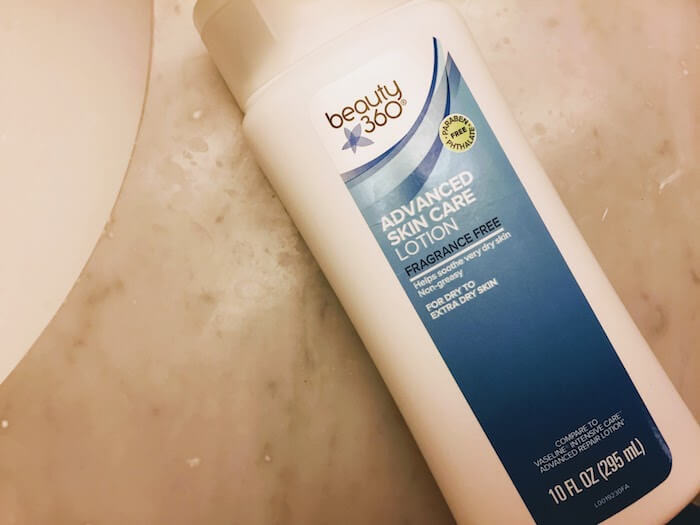
CVS Beauty 360 Advanced Repairing Lotion Fragrance Free ingredients
Vaseline Intensive Care Advanced Repair Lotion ingredients
My Dad the Chemist’s comparison of CVS Beauty 360 Advanced Repairing Lotion Fragrance Free vs. Vaseline Intensive Care Advanced Repair Lotion
I mentioned to my dad that Product 1 (CVS Beauty 360 Advanced Repairing Lotion Fragrance Free) seemed to have a slightly more slippery feeling, and Product 2 (Vaseline Intensive Care Advanced Repair Lotion) was creamier/absorbed a little better. I didn’t tell him which one was the name brand product.
CVS Beauty 360 Advanced Repairing Lotion Fragrance Free vs. Vaseline Intensive Care Advanced Repair Lotion comparison
I thought that CVS Beauty 360 Advanced Repairing Lotion would be a pretty low-risk purchase, since I’ve successfully tried other generic versions of this lotion in the past. At a glance, it’s hard to tell the difference between these two lotions (see below). Overall, it’s not a bad lotion, but it’s not entirely successful at reproducing the wonderful benefits of the original version. CVS’s lotion has an overly slippery feel that feels unsettling, like a creeping sense of unfinished business. It doesn’t feel like it ever really absorbs into your skin all the way—it’s more like a layer of slick gel.
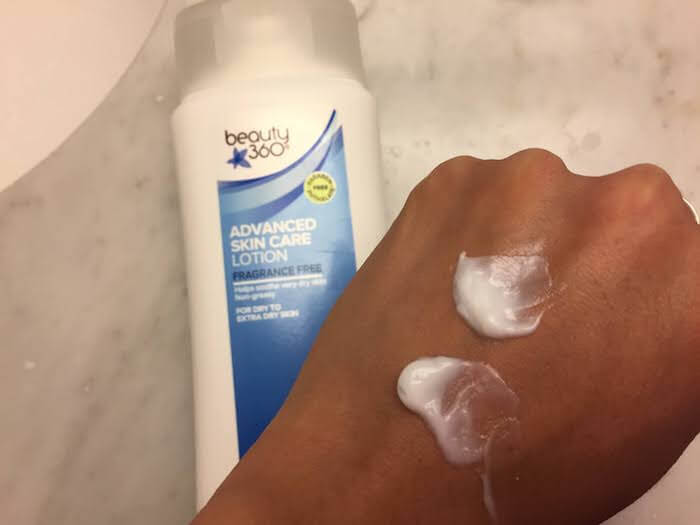
It’s interesting to see that Vaseline uses cedrol as an antiseptic and anti-inflammatory ingredient. Way to kill two birds with one stone (apologies to the bird lovers out there who probably hate that phrase). Vaseline also includes isopropyl myristate, which may help explain why it was easier to absorb than CVS’s. CVS made an interesting decision to use tapioca starch, which helps lend a softer feel to the lotion, according to my dad. I do think that this lotion is admirably silky smooth, which is nice. Side note: tapioca starch is not only great for making boba from scratch—it’s also the secret to crispy, oven-baked sweet potato fries! Just toss sweet potatoes in oil and then coat in a light dusting of tapioca starch before baking. Delicious.
Anyway, back to lotion talk. My dad thinks that CVS’s version may be more suitable for hair care (which makes total sense to me—as I mentioned earlier, this lotion almost reminds me of hair gel!), while Vaseline’s is more suitable for applying to your skin. I wholeheartedly agree. I love that CVS Beauty 360 Advanced Repairing Lotion is fragrance-free, but it just doesn’t have the same feel as the original name brand version, so it’s not a successful dupe. That said, if it was the only lotion in the house, I would probably still use it without too many complaints.
If you really want a great hand lotion, though, I would definitely recommend Vaseline Intensive Care Advanced Repair Lotion over the CVS version any day. It’s well worth the premium in this case. But if you’re looking to save a bit of money, there are much better dupes out there—I’ve had success with the Walgreen’s and Target versions of this lotion before, so I’d suggest trying those out.
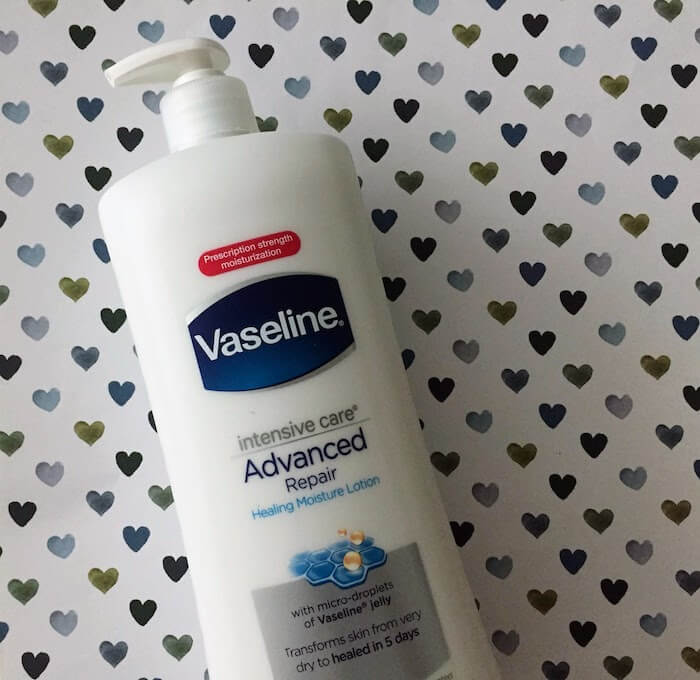
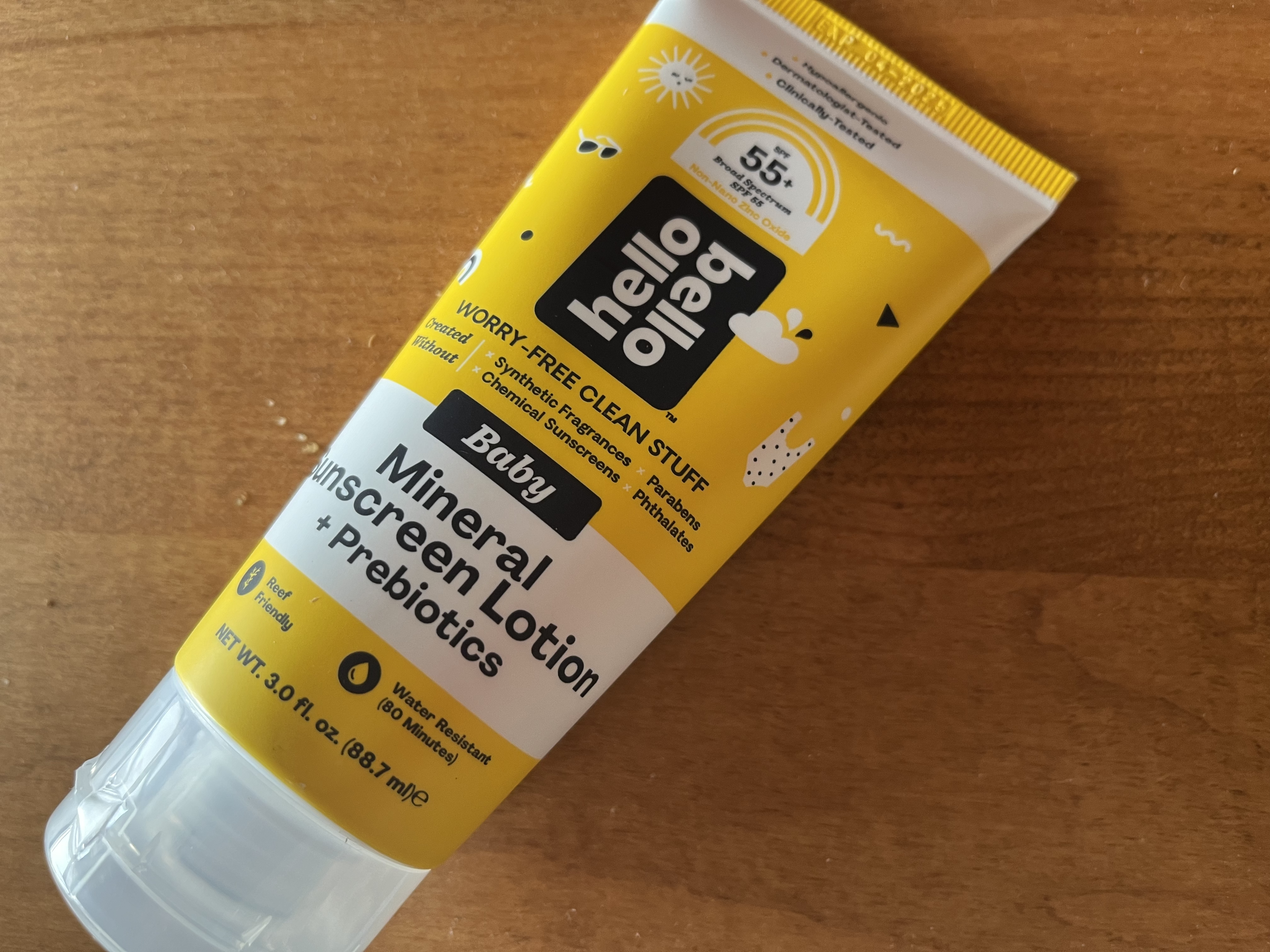
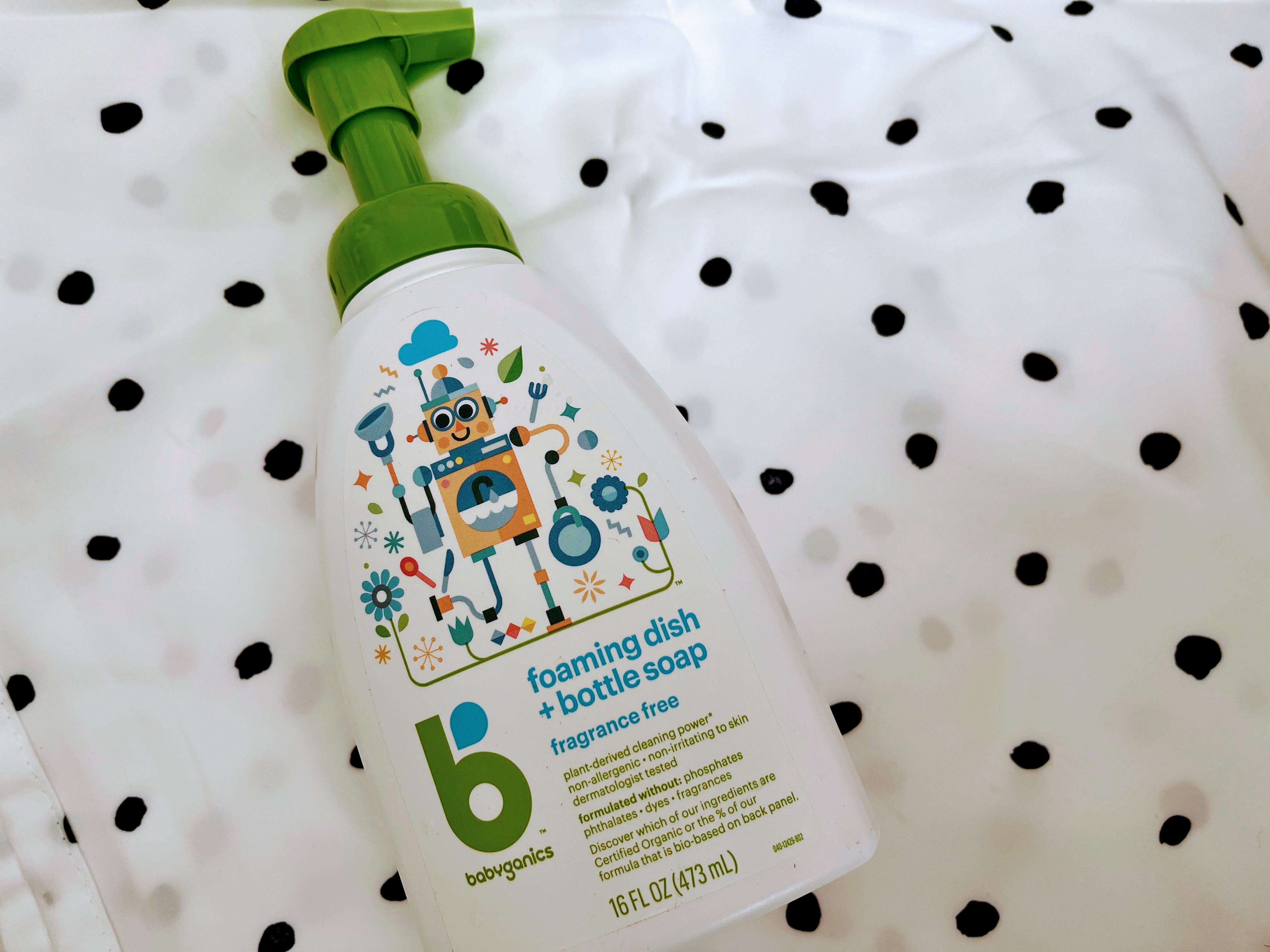
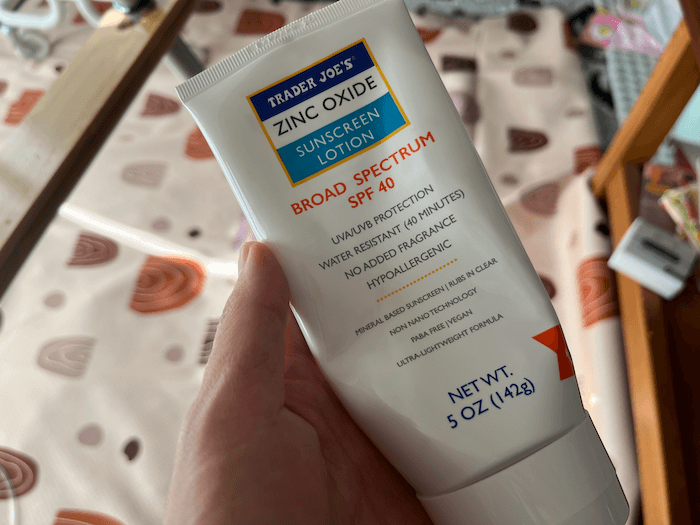

Share this post
RSS
Facebook
Reddit
Email